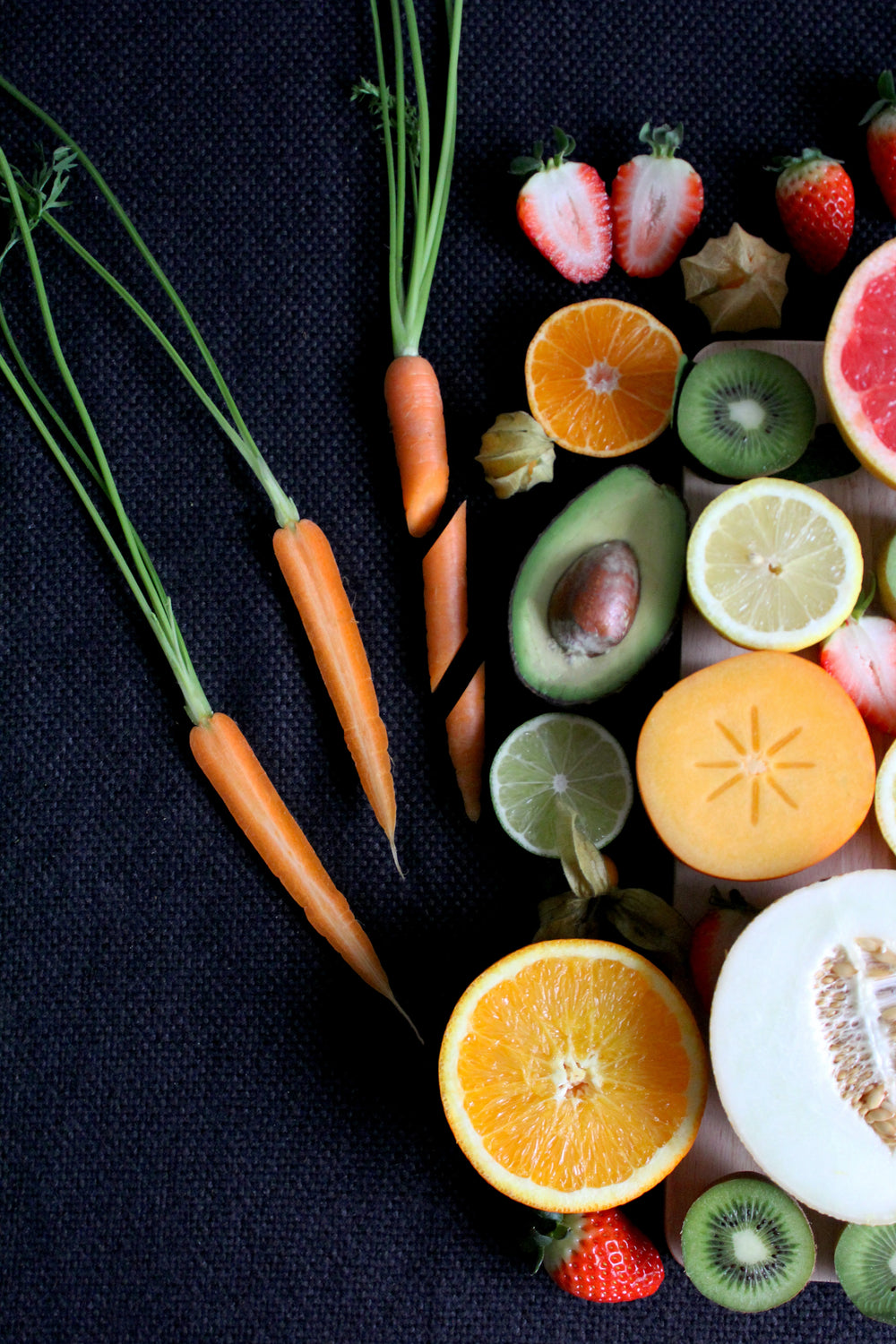The Rise of Veganism: Why More People Are Choosing to Go Plant-Based Than Ever Before
Veganism is on the rise. In the last few years, there has been a surge in the number of people choosing to adopt a plant-based diet. The reasons for this shift are varied and complex, but one thing is clear: veganism is here to stay. So, why are more people than ever before choosing to go vegan? Health Benefits One of the main reasons people are choosing to go vegan is for the health benefits. Plant-based diets are low in saturated fats and high in fiber, which can reduce the risk of heart disease, stroke, and some types of cancer. A vegan diet can also improve digestion, lower cholesterol, and help with weight loss. Environmental Concerns Another reason people are going vegan is because of environmental concerns. Animal agriculture is responsible for a significant amount of greenhouse gas emissions, deforestation, and water pollution. By choosing to eat a plant-based diet, individuals can reduce their carbon footprint and help protect the planet. Animal Welfare For many people, the primary reason for going vegan is concern for animal welfare. The conditions in which factory-farmed animals are raised and slaughtered are often inhumane and cruel. By choosing to go vegan, individuals can help reduce the demand for animal products and contribute to a more compassionate world. Increased Accessibility In recent years, vegan options have become more widely available and accessible. Grocery stores and restaurants are now offering more plant-based options than ever before, making it easier for people to adopt a vegan lifestyle. Social Media Influence Social media has played a significant role in the rise of veganism. Platforms like Instagram and TikTok are filled with vegan influencers and food bloggers, who are sharing delicious and innovative plant-based recipes and advocating for a vegan lifestyle. This has helped to create a sense of community and support for those choosing to go vegan. Making the transition to a vegan lifestyle can seem daunting at first, but it doesn't have to be. With the right resources and support, it can be a sustainable and fulfilling way of life. If you're considering going vegan, here are some tips to help make the transition easier. Start slow. Consider incorporating more plant-based meals into your diet gradually. Experiment with new foods. Try new fruits, vegetables, and grains to keep things interesting. Educate yourself. Learn about the health benefits of a vegan diet, animal welfare issues, and the environmental impact of animal agriculture. Connect with others. Join vegan groups or communities, and find support from like-minded individuals. Don't be too hard on yourself. Remember that making a lifestyle change takes time and effort. Be kind to yourself and celebrate your progress. In conclusion, the rise of veganism can be attributed to a variety of factors, including health benefits, environmental concerns, animal welfare, increased accessibility, and social media influence. If you're considering going vegan, know that you're not alone, and there are resources and support available to help make the transition easier and more sustainable.






